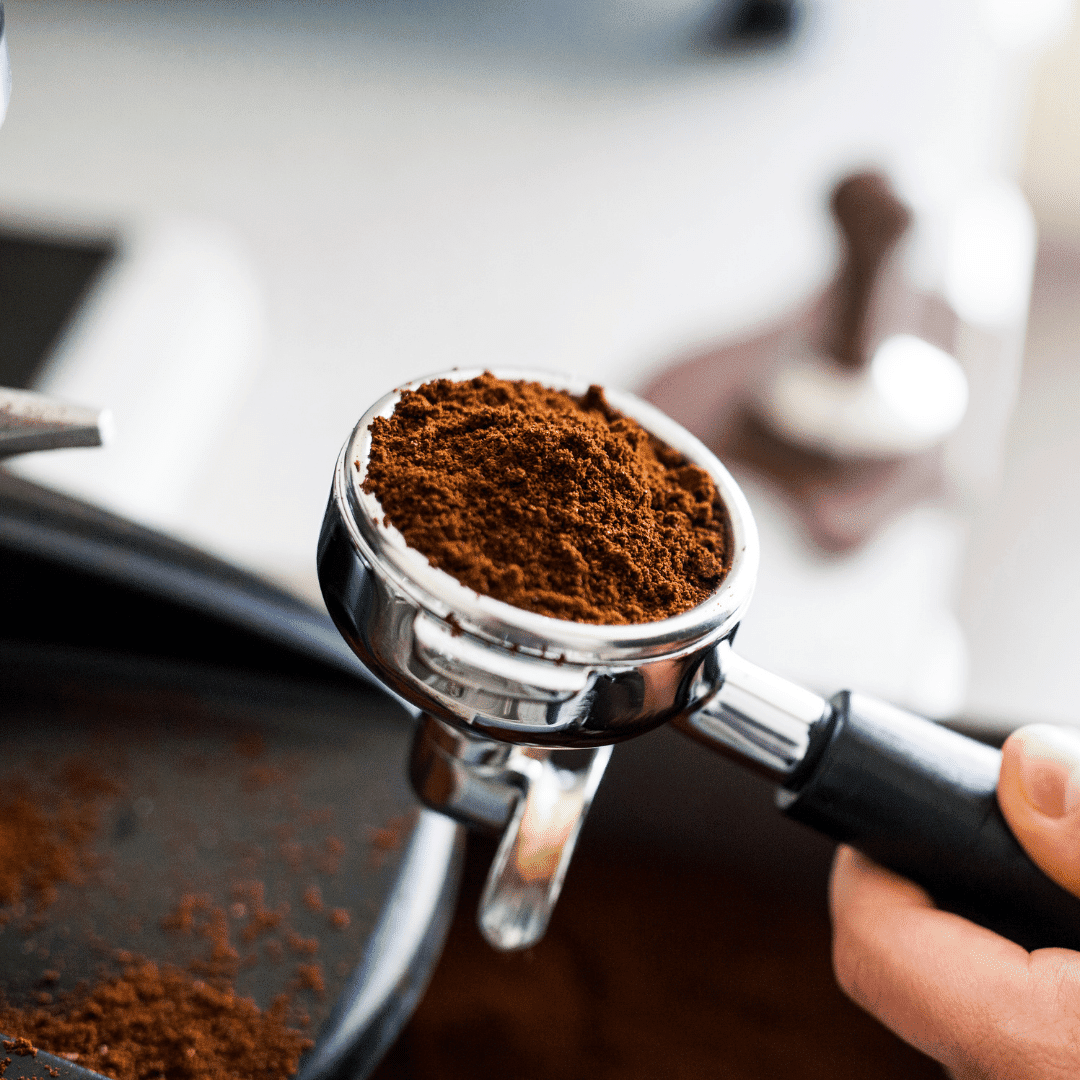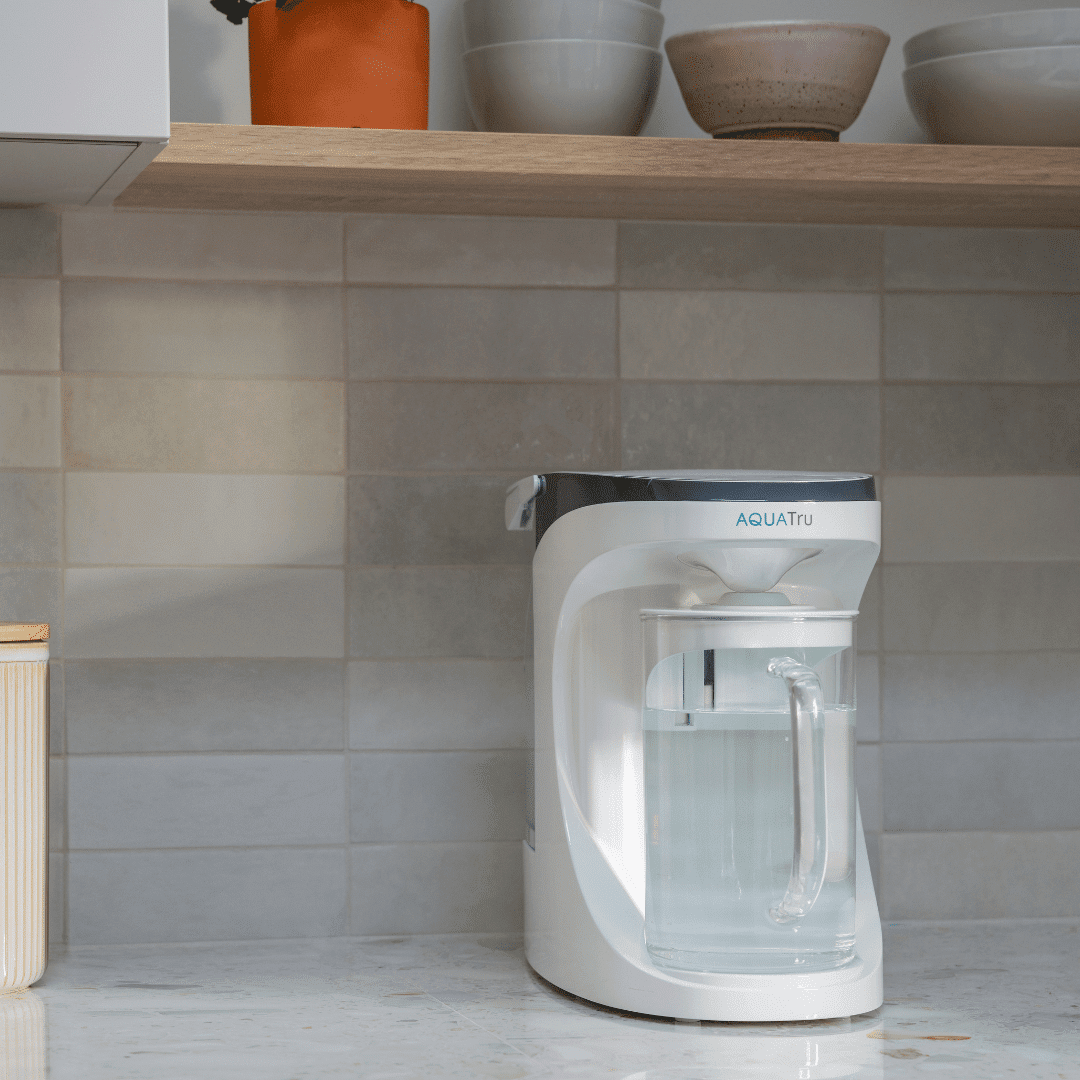International Coffee Day is celebrated each year on October 1st. Also referred to as “National Coffee Day,” many cafes and restaurants are celebrating with free coffee or special brews. Celebrating at home can be even better, especially when you use pure water for a perfect brew.
Better Water Makes Better Coffee
You may take the time to head to your local roaster or peruse the internet for your favorite direct-trade, single-source coffee beans. But do you know what else plays a big role in a delicious cup of joe? Water.
A cup of coffee is made up of 98% water! Even with the finest beans in the world, conventional tap water can turn your americano into something with a vinegary, hollow, bitter, or excessively flat taste.


While it’s easy to think of “water” as a catchall term for all of the H2O we drink, it’s important to remember that not all water is created equal.
Most tap water contains chlorine, chloramine, or hypochlorite that was used to disinfect it. Not only does this result in a glass of water or cup of coffee that smells (and tastes) like a swimming pool, but it can also react with organic molecules in tea and coffee to produce disinfection byproducts (DBPs), like chloroform.
Not as potentially dangerous, there are other components of water that may negatively impact the taste of coffee:
- Chemicals used during water treatment
- Water pollutants (i.e. agricultural runoff, pesticide residues, etc.)
- Heavy metals like iron and copper
- Organic minerals and substances from soil
Delicious Coffee Starts With Purified Water
The organic minerals and soil substances found naturally in water contribute to its overall mineral content, or “softness” and “hardness.” Beyond sipping on safe water, a delicious cup of coffee requires the right level of “softness” The more minerals in water, the harder it is—which can interfere with coffee extraction.
Also referred to as Total Dissolved Solids (TDS), the minerality—calcium, chlorides, and magnesium—should be in a perfect balance for the best caffeine fix. Unfortunately, given the EPA’s TDS limit of 500 ppm (parts per million), most of our water has a TDS that’s far higher than what’s recommended by the Specialty Coffee Association of America: 75-250 ppm.
But don’t reverse osmosis systems remove all TDS?

Water purification systems like the AquaTru provide the best solution for contaminant-free water and that perfect TDS balance.
It’s a common misconception that reverse osmosis systems strip water of all minerals. They do remove a significant amount of them—but leave you with just the right TDS level for your morning latte.

If you’re concerned that your TDS level is too low, we have a solution for that, too. Add a few drops of AquaTru Perfect Minerals and friends and family will be lining up at your door for cafe-quality coffee. If you’re a serious barista, start with AquaTru water as your blank canvas, and create your own Magnesium-forward mineral recipe for precise and perfect extraction.
Celebrate International Coffee Day with Clean Water
Especially if you’re someone who’s on a two, three, or four cup a day coffee schedule, use October 1 as the perfect excuse to make each cup safer. Not only will your buzz come without concerns about water treatment chemicals, but using AquaTru water will help to provide that perfect balance of TDS. Cheers to better water, and better coffee.
